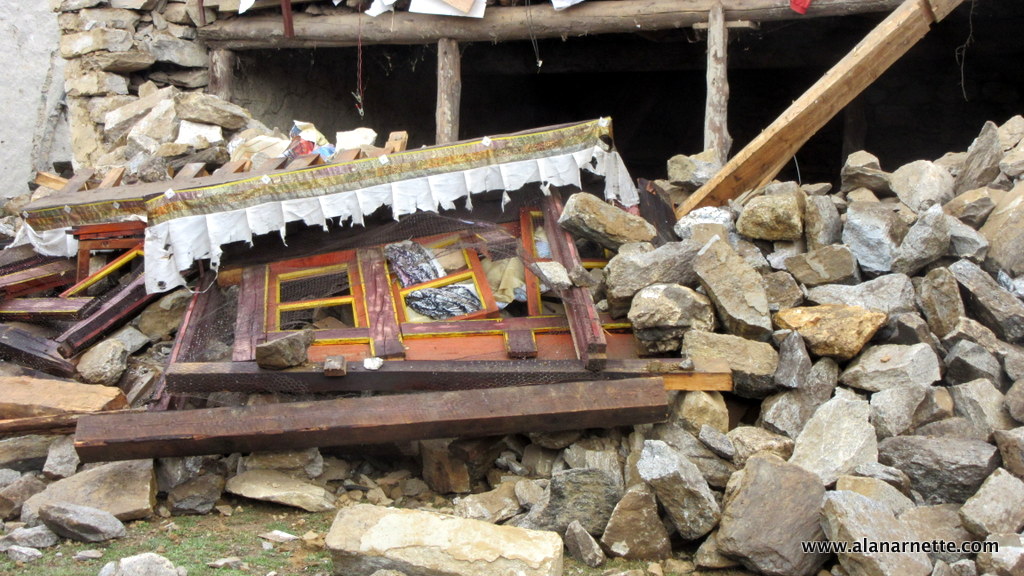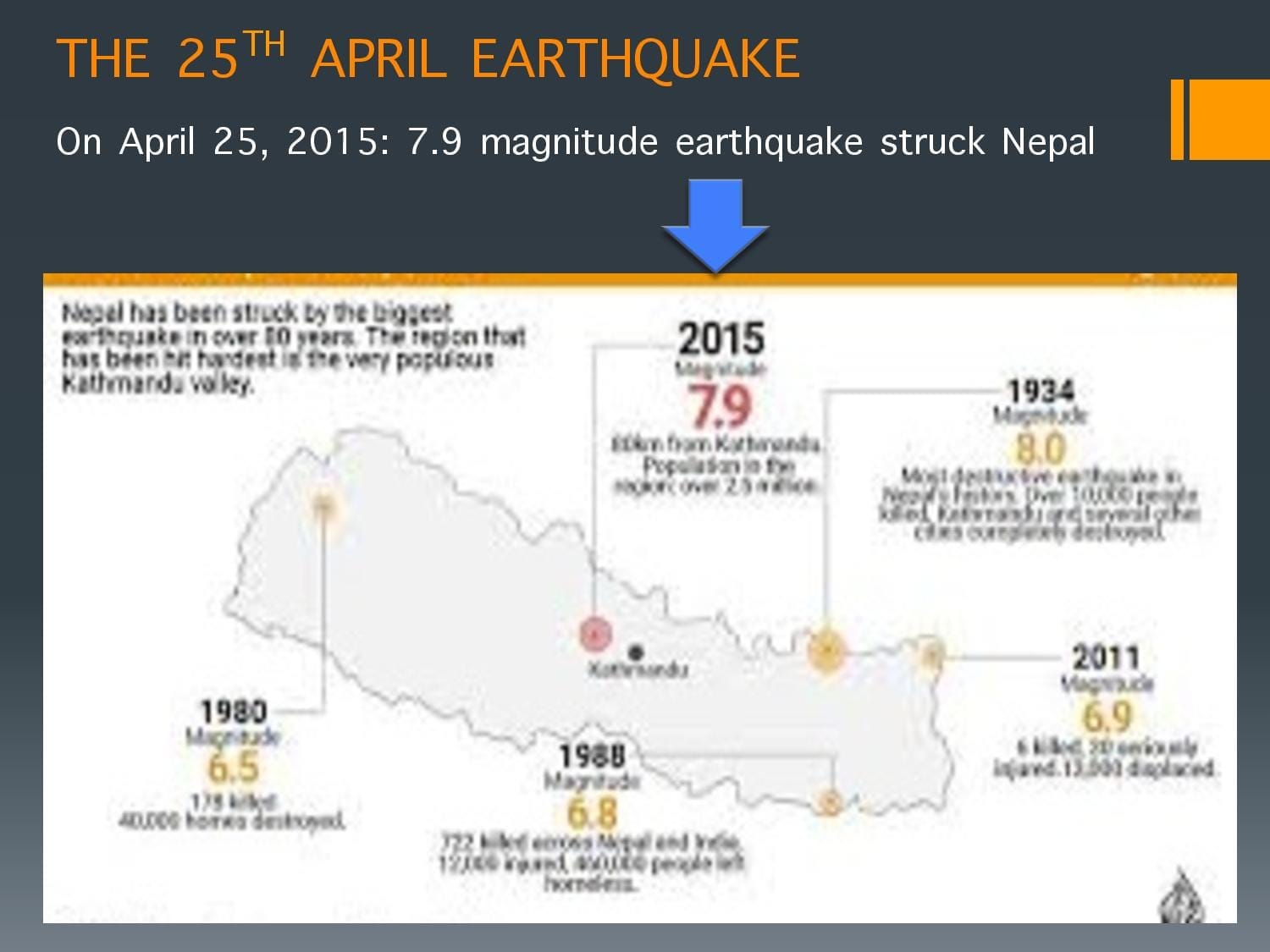 With a month before most climbers arrive in Nepal to begin their Everest climb, gear decisions have been made, but I thought it might be good to submit a few last minute ideas.
With a month before most climbers arrive in Nepal to begin their Everest climb, gear decisions have been made, but I thought it might be good to submit a few last minute ideas.
As I pack for Lhotse, I will use the same gear I used in 2011 to summit Everest since they share 80% of the same route, however I will make a few changes.
I like to think of Everest, in terms of gear, in four stages:
- Trek to Base Camp
- Base Camp life
- Acclimatization Rotations
- Summit Bid
If you have looked at my gear list, you will know what I have used for years and works for me. That said, gear is so personal and everyone has their favorite brand, so these are just my thoughts. I list what I use but I get no monetary value from these recommendations. There are many great gear companies with excellent products so go with what you know or like.
I won’t go through the whole list in this post but will highlight a few critical areas. If you ask me what is the most important, it might surprise you with sleeping at the top of the list.
Sleeping
If you don’t get a good nights sleep at base camp or at the higher camps, you are in trouble the next day. I bring two down sleeping bags (Mountain Hardwear Wraith), both rated at -20F for use at base camp and at the higher camps. Some commercial guide companies provide a bag for the higher camps but I have never found them to be satisfactory given they have been used for years and the down is packed or the bag is beyond dirty.
I have used a 0F bag at the higher camps and slept in my down suit to save on weight but found it marginally warm, tight fit and not conducive to a good nights sleep. Yeah, you save a pound in weight but you lose the benefit with an uncomfortable nights sleep.
A critical component to the sleep system I use is a thick sleeping mat at base camp (Exped Downmat 9) and a lightweight one (Thermarest NeoAir XLight) for the high camps. I’m a side sleeper so thickness and R-Value are important. Also, light and small are critical for carries higher. Again, don’t count on your outfitter to provide “thick, comfortable mattresses” they are neither.
Finally, a pillow is non-negotiable for me. I bring a small pillow from home for use at base camp and a soft, cotton pillow case stuffed with my down jacket(s) for higher camps.
Footwear
Next in my importance list is what you put on your feet from sleeping to climbing to relaxing.
I hesitate to discuss boots because everyone is different and has their own preferences. I have been using the full on 8000m boots for all my big climbs and have been miserable to relaxed on many. Currently I use the La Sportiva Olympus Mons. I have use Millets (yes) and Kayland (no) in the past. Other brands that are good include Zamberlan, Lowa and Scarpa.
The key is the fit, so you must try them on and be willing to invest a lot of time (and money) to get it right. Believe me, wrong boots will destroy your climb. Feet swell at altitude, crampons influence the fit, going uphill or down hill makes a difference in how your toes feel and on and on. I looked at the current generation of boots a while back in this post.
While the boots are the obvious decision, socks are another factor – one thick pair, two thin, two thick and more. The way to know for you is to experiment during your training and whatever feels , go for it.
While at base camp, I like Uggs to relax in and Forty Below down booties while in the tent.
While speaking of Forty Below, another option for climbing is to use double plastics like Kolfachs and Forty Below overboots to provide more agility in the Icefall but warmth on the summit push.
Crampons are required on an Everest climb. In my experience most people use Grivel or Black Diamond. I use the BD Sabertooth or Grivel G14 with good success.
Finally many people use a foot warming system such as Hotronics. A good solution as long as you have a full battery. I will try a new approach on Lhotse, the ThermaCELL ProFLEX heated insoles, smaller and more compact than the Hotronics but with a shorter battery life.
Hands
Hand protection is critical when climbing Everest given the need for manipulating carabiners and jumars while keeping fingers warm in below zero temps. My go-to for the summit has been the Black Diamond Mercury Mitts. I Use them with a thick fleece liner glove. This combo fits into the jumar with ease and allows me to climb with confidence and warmth. Some people like OR Alti Mitts but I find them too bulky to fit into my Petzel jumar.
I always pack a spar set of mittens in my pack, The North Face down mitts in case of an emergency for myself or a fellow climber.
When climbing lower, I use a lighter pair of leather gloves. I used The North Face work glove on K2 but they discontinued them (why???) so I recently bought the Black Diamond Super Rambla Glove which I like thus far.
I always have hand warmers in my pack for those times when I need a bit extra warmth.
Packs
I trek to base camp with a small day pack. Most any brand will do well and no more than 30 liters is sufficient as all I carry is a jacket, water bottle and my computer because I don’t trust Yaks!
But for climbing, I have used a lot of packs and still come back to the Mountain Hardwear South Col 70. It is easy to load and access and carries well. Sadly, I cannot find it on their website anymore and may be discontinued.
Clothing Layers
This could be a book and not a post but in general I use about three layers: base, warmth and protection. If you have followed me in the past you know I love merino wool. I have tops and bottoms from Ibex, Patagonia and Icebreaker – all good.
For warmth, I like the Patagonia R1 or the new Nano-Air Hoody. I’ve been using in here in Colorado and find it amazingly warm and it breaths. Other mid layers from Black Diamond, Rab, OR and other companies are nice as well.
As for down jackets, I stay with Patagonia’s Ultralight Down Hoody or the Down Jacket. Also, I like the down jackets from Sherpa Adventure Gear and Montbell.
When the weather, wind and snow really picks up, nothing else protects you like an old fashion hardshell. I use the Patagonia Troposphere Jacket (see a trend?) but it’s no longer available so the Piolet or Super Alpine jackets are great choices. Again, there are many good brands in this market segment.
Finally for the summit push on Everest, or any 8000 meter mountain, you need a down suit. Many good choices out there from The North Face, and Feather Friends but I have been using Mountain Hardwear’s Absolute Zero suit with waterproof down. Let me just say, it is almost too warm.
OK, so much more I could discuss but let me point to this video I made for my Everest 2011 climb that walks through the layers. It’s a but dated but the concepts are the same as I use today. I hope you enjoy the video.
Climb On!
Alan
Memories are Everything



7 thoughts on “Everest 2015: The Right Gear”
Good Luck on climb and climb for me Alan , thanks for all reporting also Karen
Hi Alan,
Thank you for your patience and perseverance in constantly updating this blog with such valuable information. Your blog has been a constant source of information and fact check for me, over the past one year. Besides just equipment and preparation, we have constantly referred to your blogs even as far as trying to figure out the challenges associated with funding the entire expedition. I will be attempting to climb Everest this year, along with my friend Sauraj and we were really thrilled to learn that you will be at Base Camp as well. Really look forward to meeting you in person.
Warm Regards,
Sam
Alan,
What is your solar charger of choice these days? I used to use Brunton Solaris, but have seen that Goal Zero seem to have moved center stage. Thoughts?
Cheers
Gavin
Hi Gavin,
Yes Goal Zero has taken over the market with some very good products and power charging technology. However, it also seems every expedition on the largest mountains have Honda generators. The demand for keeping smart-phones charged has created a monster on the mountains
We had a GoalZero YETI at our EverQuest Expeditions EBC last year and that thing is amazing!
Awesome article! (As usual.) One curiosity question, just so I and others can gasp in amazement: If a person went out and bought one-of-each of your recommended gear, plus whatever other “standard” climbing gear you might not have listed, what’s the ballpark damage to your retirement account? 🙂
Alan, I’ve bought gear for the last 20 years as I took on tougher and higher climbs so it has not been a huge one time hit. Overall at list price, the total gear list for Everest is well over $10,000 but I rarely pay list price by ing online and last year’s models. The only exception are my boots which I paid full retail at a store (Boulder Neptune Mountaineering) where I spent hours trying on different sizes and getting the adjusted especially for my feet – well worth the investment.
boots $1000
sleeping bag $500- $1000
Down Suit $1000
Pack $300
Layers $1000 – $2000
Technical Gear $500
Glove, Glasses $300
and more ….
Comments are closed.